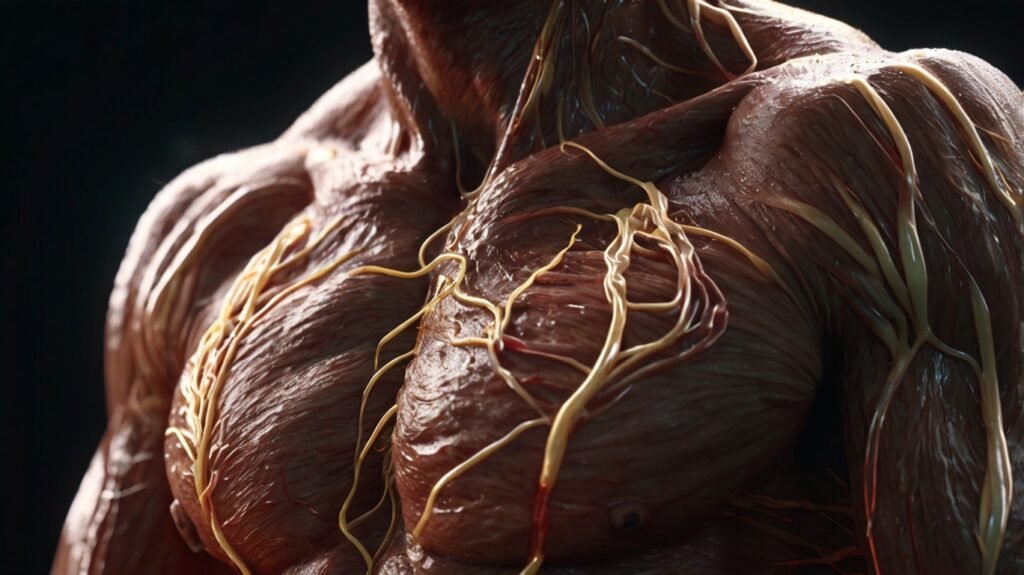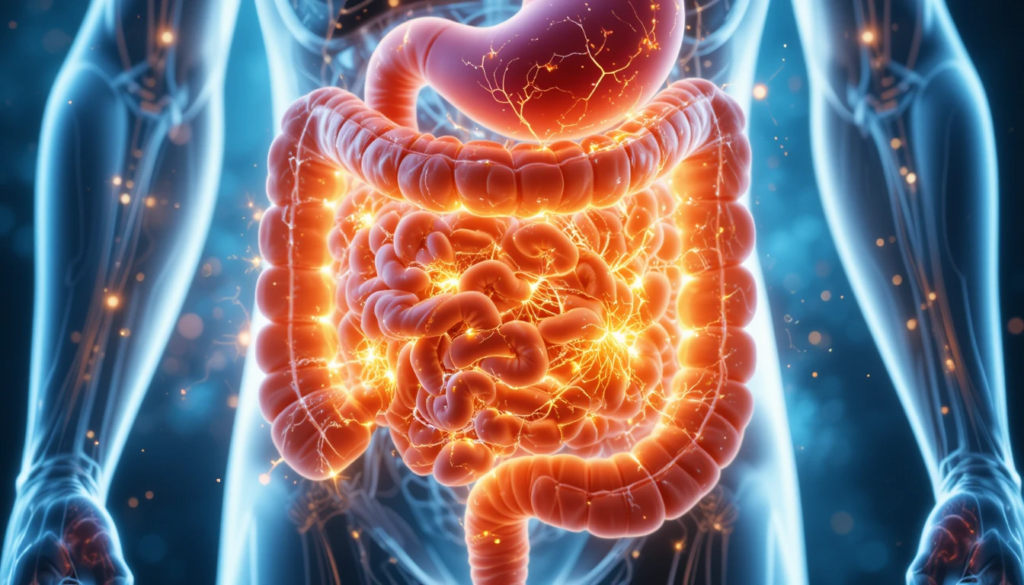Table of Contents
- Introduction to Amino Acids
- Structure and Classification of Amino Acids
- Essential Amino Acids: Functions and Dietary Sources
- Non-Essential Amino Acids: Roles and Biosynthesis
- Conditionally Essential Amino Acids
- Functions of Amino Acids in the Human Body
- Dietary Requirements and Deficiency Symptoms
- Amino Acids in Health and Disease
- Conclusion

1. Introduction to Amino Acids & Related Compounds
Amino acids are organic compounds that serve as the fundamental building blocks of proteins, playing a crucial role in nearly every biological process. They combine to form peptides and proteins, which are essential for growth, tissue repair, enzyme production, and immune function . Over 300 amino acids exist in nature, but only 20 are standard and encoded by the human genetic code to synthesize proteins .
These molecules are categorized into three groups:
- Essential amino acids (must be obtained from diet)
- Non-essential amino acids (synthesized by the body)
- Conditionally essential amino acids (required during illness or stress) .
Understanding their roles helps optimize nutrition, athletic performance, and overall health.

2. Structure and Classification of Amino Acids
All amino acids share a common structure consisting of:
- A central α-carbon
- An amino group (-NH₂)
- A carboxyl group (-COOH)
- A unique side chain (R-group) that determines their properties.
Classification Based on R-Group Properties
- Nonpolar (Hydrophobic) – e.g., Alanine, Valine, Leucine
- Polar Uncharged – e.g., Serine, Threonine
- Acidic (Negatively Charged) – e.g., Aspartic Acid, Glutamic Acid
- Basic (Positively Charged) – e.g., Lysine, Arginine.
Proline and glycine are exceptions, with proline forming a cyclic structure and glycine being the simplest amino acid.
3. Essential Amino Acids: Functions and Dietary Sources
The nine essential amino acids cannot be synthesized by the body and must be obtained from food:
- Histidine – Supports immune function and histamine production .
- Isoleucine – Aids muscle metabolism and hemoglobin synthesis .
- Leucine – Stimulates muscle protein synthesis and regulates blood sugar 10.
- Lysine – Vital for collagen formation and calcium absorption .
- Methionine – Assists detoxification and fat metabolism .
- Phenylalanine – Precursor to neurotransmitters like dopamine .
- Threonine – Supports liver function and antibody production .
- Tryptophan – Converts to serotonin, regulating mood and sleep.
- Valine – Promotes muscle growth and energy production.

Dietary Sources
Complete proteins (containing all nine) include:
- Animal-based: Eggs, meat, dairy
- Plant-based: Quinoa, soy, buckwheat.
4. Non-Essential Amino Acids: Roles and Biosynthesis
The body produces 11 non-essential amino acids:
- Alanine – Glucose production
- Asparagine – Nervous system function
- Glutamic Acid – Neurotransmitter synthesis.
While not diet-dependent, they are critical for:
- Detoxification (e.g., cysteine as an antioxidant)

- Brain health (e.g., glutamine fueling intestinal cells).

5. Conditionally Essential Amino Acids
Under stress, illness, or growth periods, certain amino acids become essential:
- Arginine – Enhances immunity and wound healing
- Tyrosine – Required for thyroid hormone synthesis.
Infants and athletes often need supplemental glutamine and proline for recovery.
6. Functions of Amino Acids in the Human Body
Beyond protein synthesis, amino acids:
- Fuel Energy Production – Glucogenic amino acids convert to glucose.
- Support Neurotransmitters – Tryptophan → serotonin; tyrosine → dopamine.
- Maintain Structural Integrity – Collagen (proline, glycine) strengthens skin and bones.
7. Dietary Requirements and Deficiency Symptoms
Daily Intake Recommendations (per kg body weight):
- Leucine: 42 mg
- Lysine: 38 mg
- Tryptophan: 5 mg
Deficiency Risks:
- Muscle wasting (leucine deficiency)
- Edema, fatigue (lysine deficiency) .
Vegans should combine grains and legumes to obtain all essential amino acids.
8. Amino Acids in Health and Disease
- Metabolic Disorders – PKU (phenylalanine buildup) requires dietary control .
- Athletic Performance – BCAAs (leucine, isoleucine, valine) reduce muscle breakdown.
- Mental Health – Tryptophan supplements may alleviate depression.
9. Conclusion
Amino acids are indispensable for life, influencing metabolism, immunity, and mental health. While essential amino acids must be sourced from diet, non-essential and conditionally essential types adapt to physiological demands. A balanced diet rich in diverse proteins ensures optimal health, preventing deficiencies linked to chronic diseases. Future research may uncover novel therapeutic uses, reinforcing their pivotal role in human biology.
